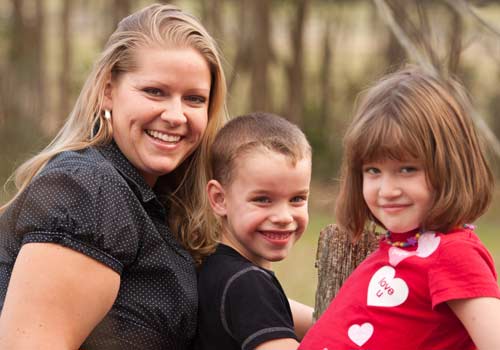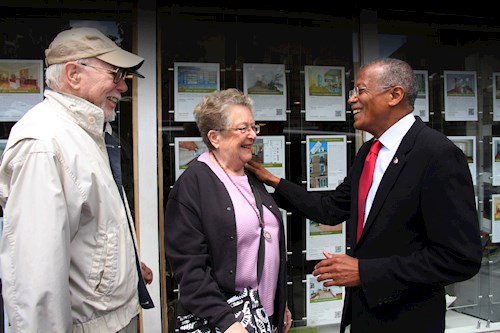2019 Housing Needs Assessment: Dane County and Municipalities
Dane County has a growing regional economy and housing market. Household income and housing construction have grown faster in Dane County than in the state of Wisconsin or the United States for the past 30 years. But housing prices and rents have also grown faster than either the state or the nation. Housing in Dane County is more relatively expensive than the rest of the nation, which makes providing housing opportunities for all households a continuing challenge.
Summary Highlights
Household income, number of households, and population in Dane County have all grown at an average rate of 1.3 percent per year from 2010-2017. Jobs in Dane County have grown 1.7 percent per year. However, the number of housing units has only grown 1.1 percent per year. There is a real shortage of all types of housing units in Dane County. Rents have grown 2.3 percent per year on an average annualized basis.
Despite producing over 25,000 net new housing units in Dane County (2006-2017), Dane County under-produced more than 11,000 housing units relative to household growth.
One measure of the “Housing Gap” is the difference between the number of renting households with incomes below 30 percent of AMI and the number of units whose rent would be affordable to households at 30 percent of AMI income levels. According to this measure, the County’s housing gap is 10,812 affordable housing units.
The second measure of the “Housing Gap” is a measure of the number of lower-income households who currently pay more than half of their income in rent. Under this measure, the County’s affordable housing gap is 13,050 rental units and 3,490 ownership units. This rental number has increased from 10,285 units in 2010, a 26.9 percent increase.
There continue to be significant racial disparities in Dane County in terms of income, homeownership, and housing burdens. Even though income disparities contribute to housing disparities, African American and Hispanic households experience disproportionately higher rates of housing stress and burden compared to white households at the same income level.
Full Report



